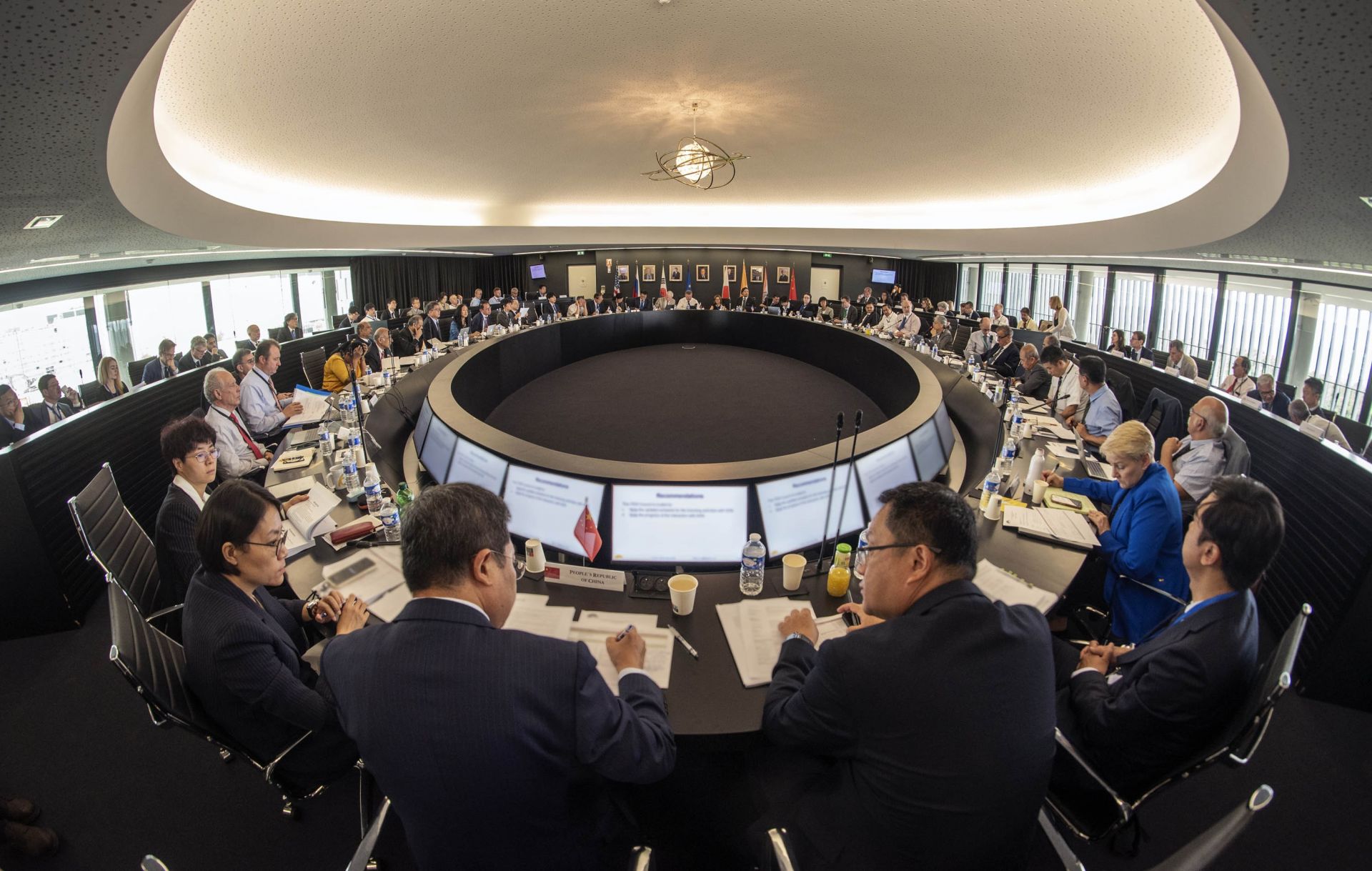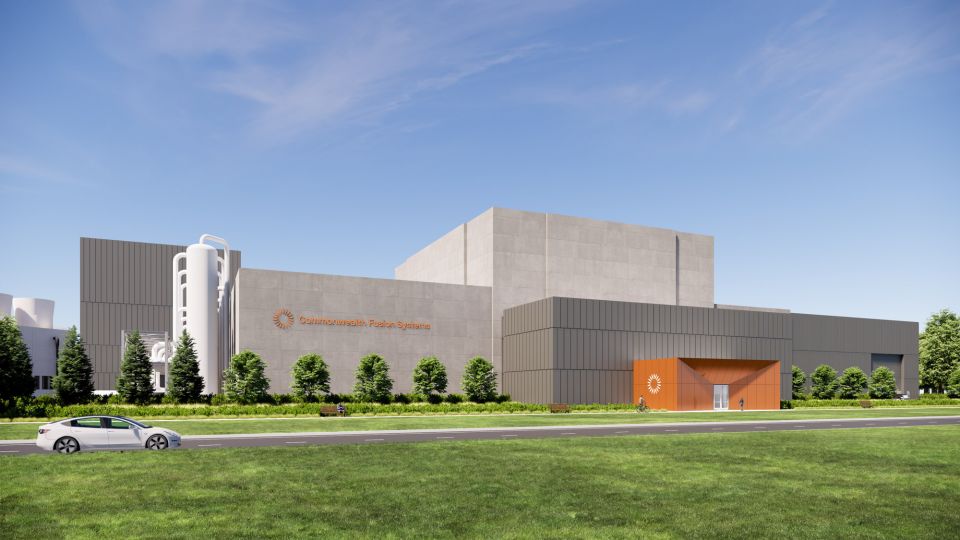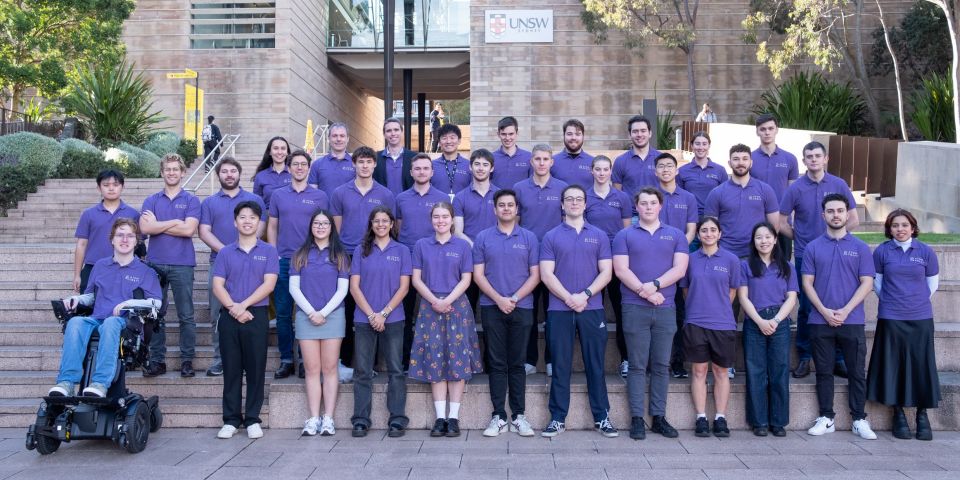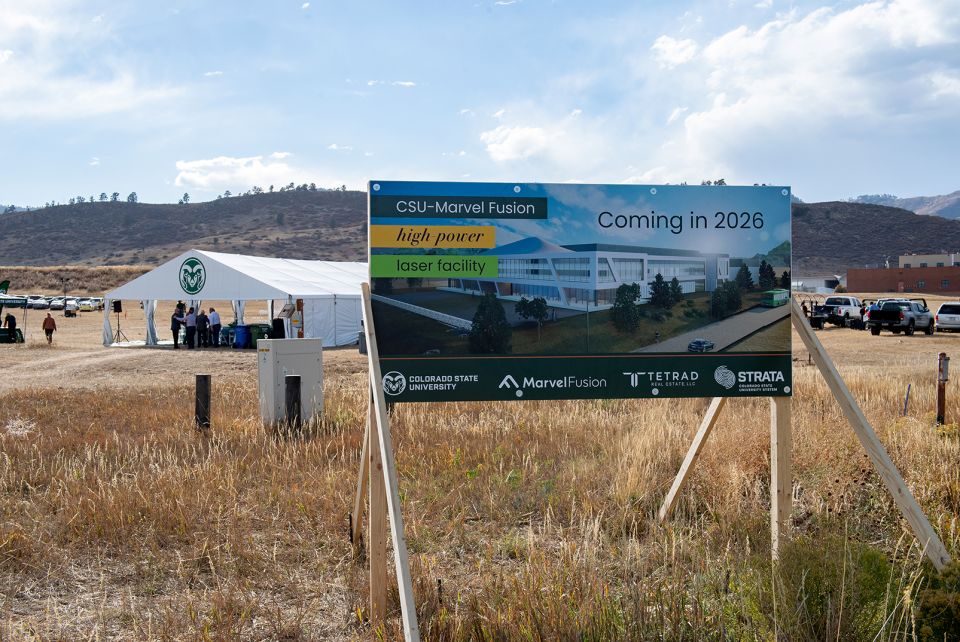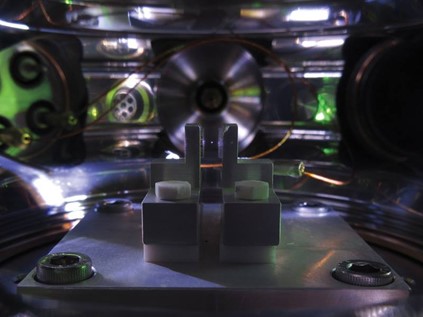The proposed new project baseline, announced June 20, foresees achieving “a scientifically and technically robust initial phase of operations, including deuterium-deuterium [D-D] fusion operation,” by 2035, followed by full magnetic energy and plasma current operation. The most recent schedule, now shelved, dated from 2016 and anticipated first plasma in December 2025 and deuterium-tritium operations in 2035.
Barabaschi will hold a press conference “in two weeks” to provide additional details about the new project baseline and schedule.
Reform targets: Barabaschi became director general in 2022 and launched a project reform program that same year to streamline project management, increase attention to quality control, and improve reporting. The scope of the reform program included developing a revised project baseline, taking into account delays attributed to the COVID-19 pandemic and technical challenges linked to the first-of-a-kind nature of many components.
Getting to D-D operations in 2035 involves “consolidating tokamak assembly stages, enhancing preassembly testing, and reducing machine assembly and commissioning risks.” According to the ITER Organization, the proposed baseline and its cost and schedule implications will be further evaluated and validated, and recommendations will be shared with the ITER Council.
Project progress: Manufacturing of key components is continuing while significant repairs to other components are also underway. The manufacturing of all toroidal field coils—long considered to be the most technically challenging ITER component—has been completed, and that landmark will be celebrated on July 1, according to the ITER Organization. All poloidal field coils have also been completed. The first three central solenoid modules have been “stacked” and are being aligned, while the fourth central solenoid module has arrived at ITER. In the tokamak pit, magnet feeders are being installed, and multiple support systems have been commissioned or are in the commissioning process.
Stress corrosion cracking and welding nonconformities were identified in key tokamak components—the vacuum vessel sectors and thermal shield—in late 2022, about two and a half years into ITER’s machine assembly phase. In January 2023, the ITER Organization announced its plan for repairs, which involved removing already installed vacuum vessel sectors to fix welding flaws on the outer shells of the sectors, and removing and replacing the cooling pipes on vacuum vessel thermal shields with new pipes made of a more corrosion-resistant steel.
Member support: During the council meeting, members reaffirmed the value of the ITER mission and “resolved to work together to find solutions to facilitate ITER’s success.”
All ITER members are continuing to meet their in-kind and cash commitments to the project, according to the ITER Organization. As the host of the project in the south of France, Europe contributes almost half of the costs of construction, while the other six members—China, India, Japan, Russia, South Korea, and the United States—contribute equally for the remaining expenses.
